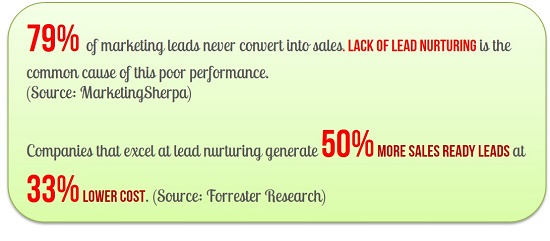Attracting prospects to your website is just the very beginning of their journey.
I want you to think about this: how does it feel to search for something online? You visit several web sites, try different search queries, click many links…
Along the way you many pages that are irrelevant to you. It’s quite frustrating, when you think about it. It can feel like such a waste of time. So, how fast do you decide whether a web page is relevant for you?
I’ll tell you: on average, people spend 8 seconds to make this decision.
So you have an important job to do if you want to capture leads, and not just have them bounce off your website and continue surfing. This job is accomplished by a well-crafted landing page.
Landing page is where people “land” after clicking on an ad, a link, a social network update, or on a search result of a search engine.
Your prospects want to get what was promised. And you want them to stay on reading, and take the next step.
This is a job of a landing page.
Most companies have “informational web sites”, full of info about the company and their products. Such websites usually do a bad job in capturing leads. An informational website is not a landing page. An effective landing page needs to contain at least the five following elements.
Element #1: A magnetic headline
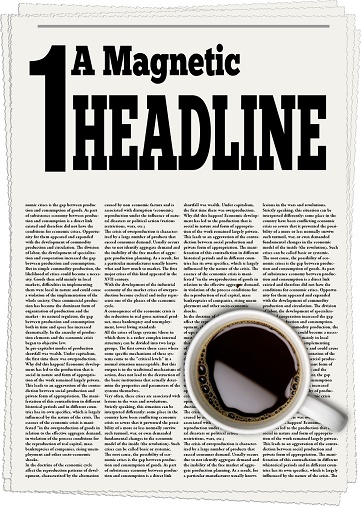
The job of a headline is to grab the attention of your visitors and keep them reading. It often consists of the main headline and the subheading. They need to answer the following questions of your prospect:
What is this page about? What can I get here? Do I care about it? How is this different from other offerings?
Here are two examples of great headlines.
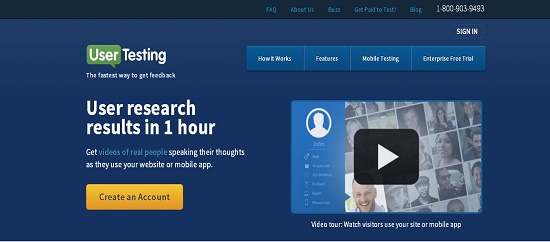
UserTesting.com: User research results in 1 hour.
It’s got 2 elements: (1) What you get (user research results) (2) Uniqueness (results in 1 hour time!).
Subheading: Get videos of real people speaking their thoughts as they use your website or mobile app.
This is a clear, unambiguous explanation of exactly what you get.
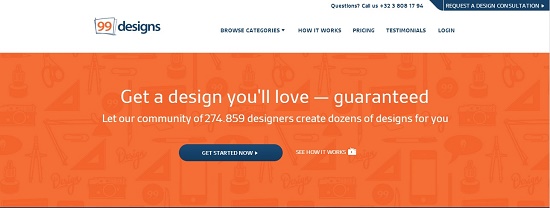
99designs: Get a design you’ll love — guaranteed
End result + addressing a common objection (how do I know if I will like the design you make for me?).
Subheading: Let our community of 274.859 designers create dozens of designs for you
This one’s got a secret sauce (huge community of designers) + unique value proposition (get dozens of designs from multiple designers to choose from).
Element 2: “The better way” section
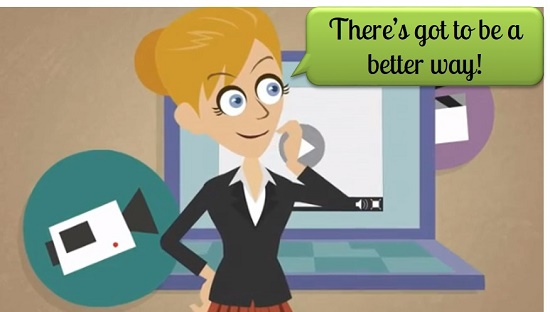
Now that you have the visitor’s attention, you need to arouse their desire. Show them you have a better way to deal with their problem.
Here’s how others do this:
- Demonstrate the result your prospects desire: UserTesting.com shows video clips of users commenting on websites. Olark demonstrates their chat solution as part of their landing page
- Show how easy it is to get to the result: use the 1-2-3 steps format, or create an explainer video
- Give them a glimpse of your secret sauce: data.com can enrich information about your prospects, but how? Thanks to millions of crowd-sourced contacts and Dun & Bradstreet company profiles.
Element 3: The key benefits section
Here, you want to take your prospect a level deeper, and make sure that
- they understand the main benefits of using your service
- you answer the question “But do you also do XYZ?”.
Element 4: Trust and credibility elements

Internet is a very mistrusting environment. Lots of reassuring is required to put your prospect at ease. You need to:
- Address their objections. Every single prospect is anxious about making a purchase. The most successful companies turn objections into reasons to buy.
- Show social proof. If pictures are worth a thousand words, then credible customer testimonials are worth even more. Build up credible testimonials to ground your promotional copy in real-world results and experiences.
- Add credibility elements, such as logo of famous brands you served, or newspapers or television programs you appeared in.
- Make it look great. How do people judge credibility of websites? According to a large study from Stanford University, the number 1 criterion people use is: the way the website looks. They ask themselves: does this web site look professional?
Element 5: Call to action – or CTA
An effective landing page serves one clear objective: get the visitor to perform a desired action (sign up, leave their contact info, download, request a demo…). The role of a CTA is to compel the visitor to perform that action.
CTA is typically a high contrast button or a form, that visibly stands out on the landing page. The text is formulated as a clear call to perform an action – often composed from a verb and the result the prospect will get: Get Your Free Copy, Sign Up, Start Your Free Trial, Download Now…
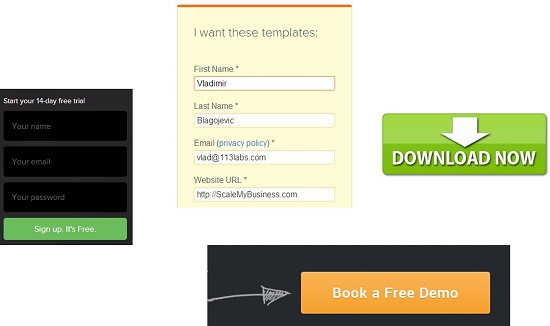
But what is a good CTA for a landing page in a B2B context? Try to sell them your service via the website? Well, most B2B buyers will not make a purchase without getting to know you and trust you first.
Up to 79% of leads in B2B are lost because of lack of a process to build a trusting relationship (the so called “lead nurturing”).
But how can you start building a relationship if you don’t even know who you have in front of you? And if – beyond your website – you have no way to communicate to your prospect?
The Ethical Free Bribe
The answer is quite simple: you need to capture their contact information, and get their permission to communicate to them. Getting their permission is not only a legal requirement, but also a great practice.
Unfortunately, most website visitors prefer to remain anonymous. So how do you then get their contact information and the permission to email them? Here is how: by giving them something valuable in return. By helping them solve a problem or achieve a goal. For example, through an e-book, special report, a webinar or an e-course.
You don’t have to spend months creating this so called a “freebie” or an “ethical free bribe”, but it should be well made. Remember: the goal is to start building a trusting relationship with your audience, and the best way to do that is by demonstrating your expertise and commitment to quality in everything you do, including this valuable piece of content.
If you do this right, people will not only give you their contact information, but they will look forward to your next email, expecting genuinely helpful, great content from you. They will even thank you for it. Here are some reactions that we were getting .
***
Now you have turned anonymous website visitors into interested prospect. But this is just a start of a relationship. In day 3, we will see how you can built a meaningful relationship with your prospects at less than 2 minutes per prospect.
